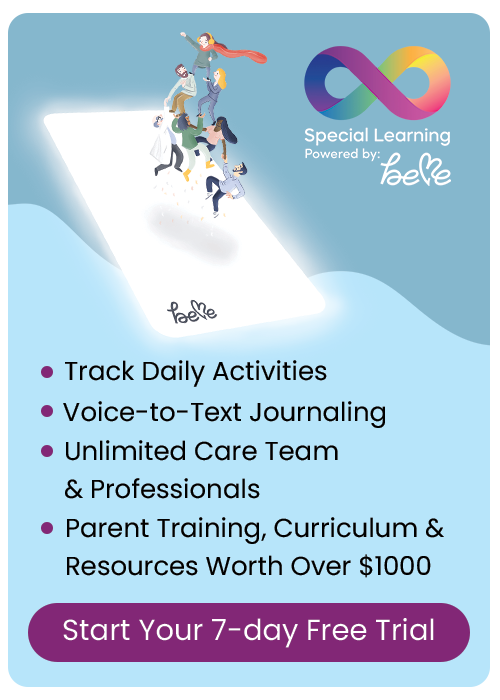Blog Categories
- ADHD
- Applied Behavior Analysis
- Autism Awareness
- Autism Service Providers
- Case Studies
- Dignosis
- Classroom Management
- Credentials
- Ethics
- Family Matters
- FAQs About LIVE Events
- Financial Planning
- Holiday Planning
- IEP's
- Panelists
- Private Equity in Autism & ABA Industry
- Psychopharmacology
- Sensory Processing Disorder
- Speech and Communication
- Subject Matter Experts
- Summer Planning
- Transition Planning
Why Do You Need a Transition Road Map?
It became her life’s passion to share knowledge of these evidence-based therapies to the global community who either work or have a child/adult with Autism Spectrum Disorder (ASD) or a related disorder. She has become one of the thought-leaders in this space and is achieving her goal through the works of Special Learning, Inc.
Why Do You Need a Transition Road Map?
Every journey has a destination. Unless you know what that destination is and have a road map for getting there, the chances of you arriving to that destination in the shortest time possible is significantly diminished. I don’t think anyone would argue with that statement. I also don’t think that anyone would argue with the statement that time is the greatest enemy for individuals on the autism spectrum.
However, too often, when we work with individuals with ASD or other special needs, nearly all the emphasis of an education / intervention plan is on tackling the immediate. We don’t spend nearly enough time thinking about the terminal goal. In other words, where do we want to go? How do we get there? Once we have a clear destination in mind, we can create a plan to take us there. Obviously, the quality of these plans will be vastly different, but the act of spending the time to look into the future will allow us to shape a better future for our children/students/clients.
Here’s an example of well-defined, actionable targets:
According to Dr. Peter Gerhardt, Executive Director of The Epic School “… having an educational mission focused on “allowing all students to reach their highest potential” has become an excuse for pretty minimal outcomes.” What does he mean by that? My interpretation is as follows — if the mission above is used as a terminal goal, we would end up with dismal outcomes. Not because anyone is deliberately aiming for mediocrity, but the lack of specificity and clarity required in an actionable plan will predictably take us down paths to many dead ends.
This is how Dr. Gerhardt re-wrote the mission statement:
“The mission of autism education is that graduates will exit the program:
- Not just employable but employed a minimum of 20 hrs/wk;
- Not just with social skills but with a social support network centered around where they live, work, and recreate;
- Not just with the ability to follow directions but with the ability to initiate actions on their own, and;
- Not just under our stimulus control but under the stimulus control of the environment and their ability to manage their own behavior.”
See the difference? Here’s a simple Transition Framework to begin to shape your thinking.
To learn more about transition planning from Dr. Peter Gerhardt, go to our store.
RECOMMENDED PRODUCTS
Transition Survival 103: Must-Have Social Skills for Adolescents and Adults – Part 1
Transition Survival 104: Vocational Topics and Job Coaching
Transition Training Webinar Bundle






